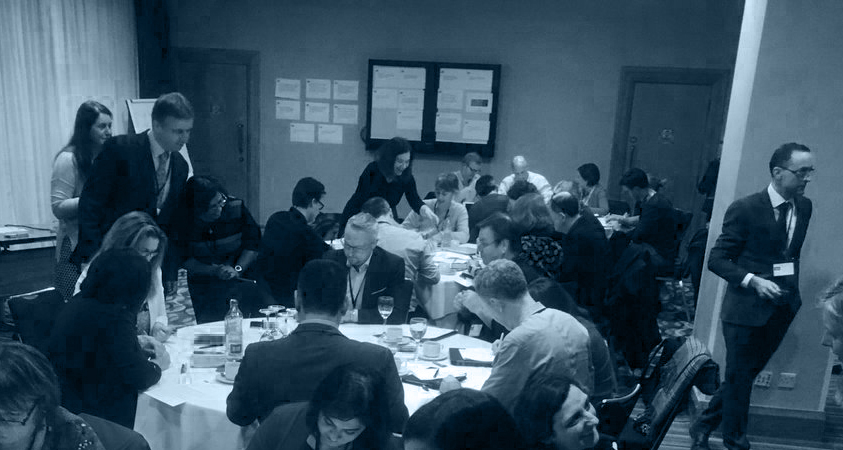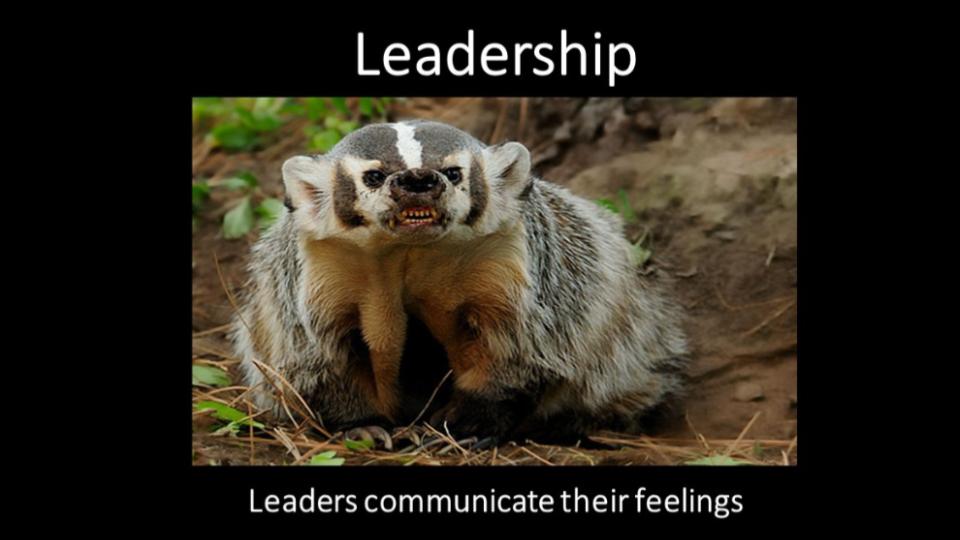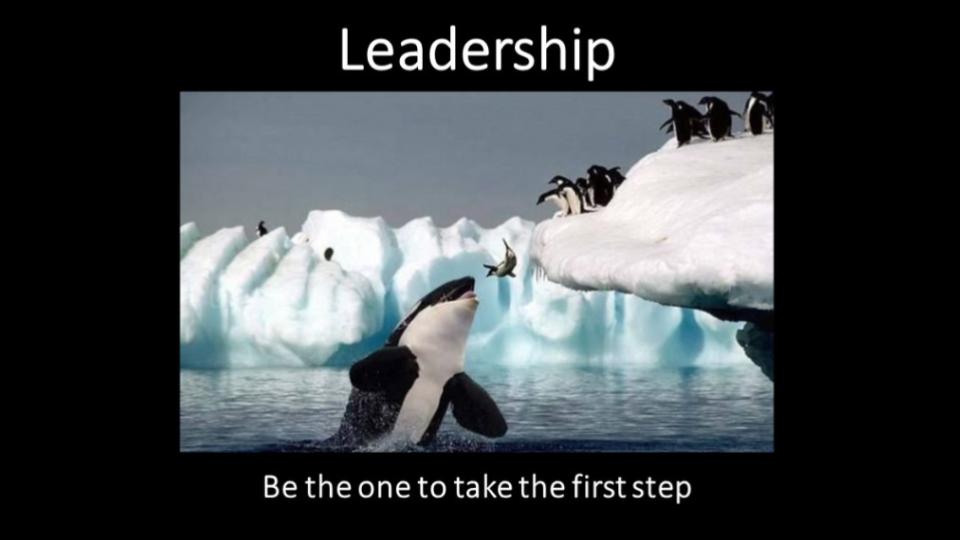
(this blogpost co-authored by Lawrie Phipps)
The last time that Lawrie Phipps and I ran a digital mapping session at the Jisc digital leadership course, early in 2018, we had just finished answering all of the questions we usually fielded once we ran a digital mapping session. The method we were using was still premised on pole graphs, on tension pairs, and even though we had moved away from what we thought were identity-focused pairs towards more practice-centered ones like “broadcast” and “engagement” we once again got the questions: “Which one is better?” “Should we all be somewhere in the middle?”
We had been weary for a while, on our own behalf as well as on behalf of our workshop participants, of the push to self-categorize, and in particular the drive to figure out which category was better than the other. So after all of the delegates had gone for the day, we started sketching on one of the ubiquitous flip charts that we always had for the course.
We’ve published some of our thoughts on the Triangle in our book chapter here, written just after we had tried using it in workshops. What we came up with was 3 basic categories of practices: Creation, Consumption, and Conversation. Each “C” is a line on the triangle, and we described the process in that chapter as follows:
“The interior of the triangle is where people map the practices that are bounded by their institution and the work they do in institutional digital platforms and places. The exterior of the triangle is where they can map everything else–what they do that is not bounded by the institution. This can be their personal lives, or their work that does not take place in official channels, but rather on the open web, in self-hosted or commercial platforms.”
We wanted, in this triangle exercise, to give ourselves and our workshop participants a way of talking about their digital practice without having to already have theories of digital in their heads, and also without feeling like they should then come to judgemental conclusions about what their practices meant about themselves as people. We wanted to start with the practices, and then have the conversations be informed by people’s already existing (and already quite complex) identities.
That was our motivations for coming up with the Digital Practice Triangle. So then we had to look for chances to deploy it in a workshop setting. The first time we tried it was at an internal staff development event in Lancaster. Once people plotted their practices on their triangles, we then encouraged them to use emoji stickers to annotate their practice maps (much as we used to do when we were still using the tension-pairs mapping techniques). We only had 45 minutes to do the workshop. We initially thought that would never be enough time, remembering how much conversation people required around the tension pairs–for example, the very first iteration of the Jisc digital leadership course, we spent an entire day going over the theoretical models of digital identity that informed the mapping practices. What we found with the triangle exercise was that people immediately got stuck into the mapping. There were very few questions about what people “should” be doing, but there was discussion about where what they did “fit” among the categories of Creation, Consumption, and Conversation (and some cases where people said their practice did not “fit” the instrument and so they drew around and outside of the triangle). By the end not only had we gotten everyone to represent their digital practices, but we had also had time to discuss how people felt about those practices, and start to think about what if anything they might want to do differently.
So then we did the Digital Practice Triangle exercise again, next at UCISA in the Spring of 2018, and then at an internal OU event in the Fall, later that year.
It was the OU event that provided Jo Parker with the framework she’d been looking for in her own digital capabilities work. We knew that Jo had been using it, but didn’t have the details until recently, when she shared with us the following:
“I have been using it [the Triangle] extensively in digital capabilities (DiSC) face to face workshops with our Als (associate lecturers), as part of our annual staff development programme 2018-19. Hour long sessions run at various locations up and down the country; participants are self-selecting, signing up for what interests them from a range of topics and I reckon we will have seen about 200 people in 10 locations by the end of July … There’s likely to be an online equivalent session at some point as well.”
Jo told us she’s used the Digital Practice Triangle in outside events (such as a keynote address at Cambridge Libraries) as well as internal ones, with a range of participants including academic staff, support staff, and students. She went on (to our great delight) to say:
“It’s been an absolute lifesaver to me in terms of the digital capability work because it’s an easy way of starting potentially difficult conversations: it means I can talk to people who are wary of what the university is trying ‘to do to them’ as result of our experiences over the last couple of years. “
And then, in April 2019, and the reason we’re writing this blogpost now as opposed to any other particular time, the DigPins folks (particular shout-out to Autumm Caines and Sundi Richard) offered the Triangle as an option for digital practice mapping, and Sarah Lohnes Watulak took them up on it, and wrote this. We particularly value her feeling that “I think that the triangle map could be a useful conversation starter for connecting actions and tools to beliefs and values and how those are taken up in digital social identity enactment.” This was our intention. We are so pleased that came through.
In the course of witnessing people using the Digital Practice Triangle “in the wild” and our own uses of it in workshop settings, we are continuing to think about what constructive sort of “Now What” activities can follow on from visualizing digital practices. We have written in the past about the Digital Perceptions tool, and have proposed that people use it as a way to reflect on their practices in a trusted network, and a context of care.
“Who are the people who are already in your network, how can you open a door to the people you want to hear from about your practice, what it means, what it means to you, what it means to them. How do we create the moments of reflection that come from a place of care, rather than from an abstracted notion of visibility and importance? How can we create places of reflection that feel like home?”
We hope to continue to develop this work further, and of course would also love to hear if you choose to use any of these instruments in your own work. Please let us know.
Lawrie also made this video of the history-to-date and rationale for the Digital Practice Triangle–enjoy!


